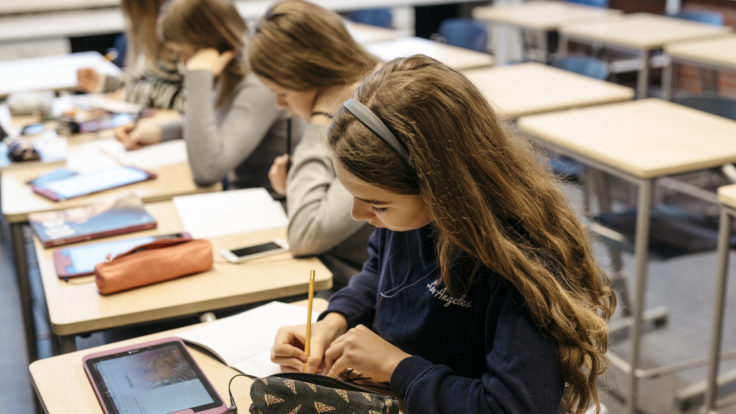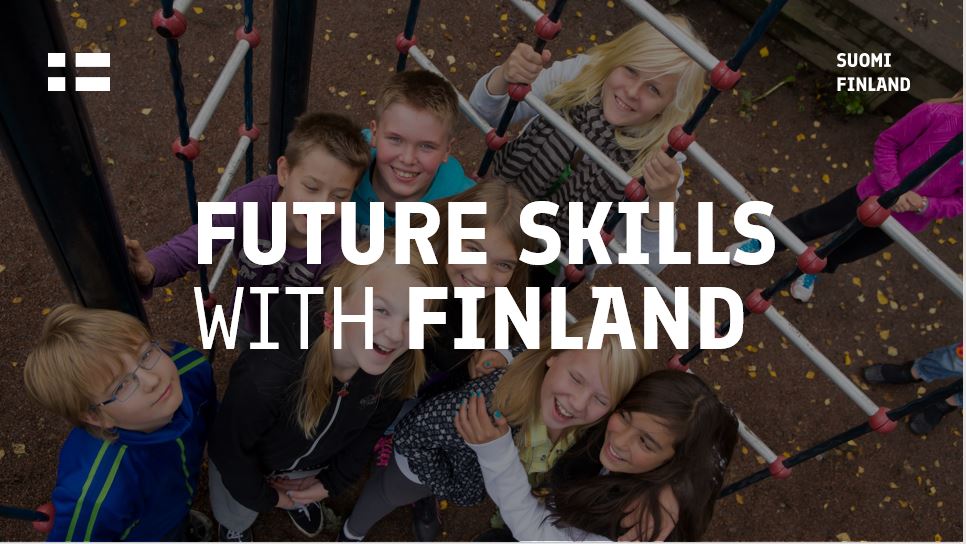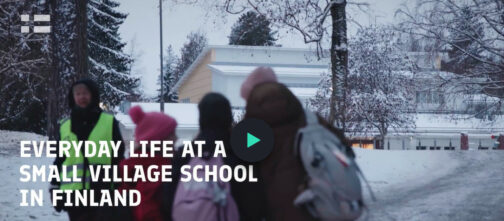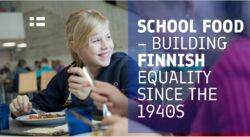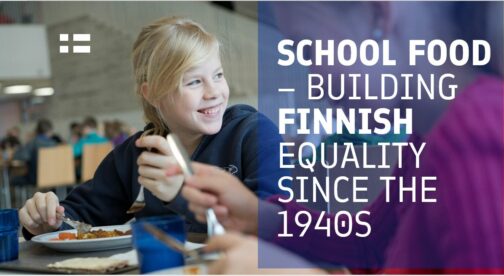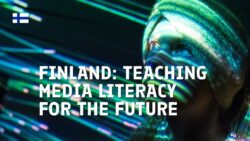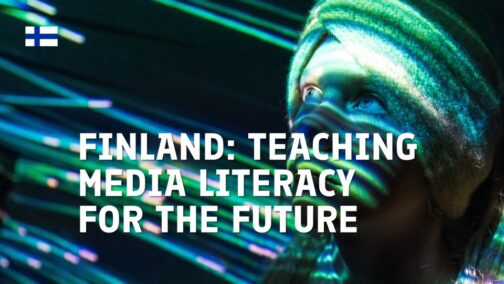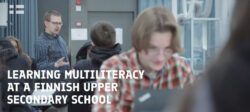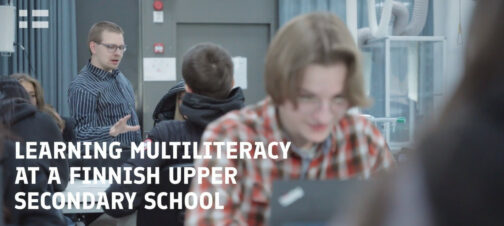The Finnish national educational system has been based on the principal of equality ever since it was begun in the 1800s. In Finland, education has always been seen as the key to the nation’s success in both human and economic terms. Finns believe that a nation can only fulfill its potential if every citizen has the opportunity to fulfill his or her personal potential. That has meant that education should be available to everyone regardless of their gender or socioeconomic background.
Today, the Finnish education system is world famous, and Finland consistently ranks at or near the top in international comparisons of students’ scholastic results. Even more impressively, Finland –– in three consecutive years ranked the happiest nation in the world –– is one of the few countries in the world to combine high educational achievement with high life satisfaction. Naturally, a highly educated and motivated workforce is also the backbone of the Finnish economy.
For Finns high-quality education is not a privilege; it is everyone’s right. All education from preschool to vocational colleges and universities is free of charge for both Finnish and EU citizens. And it’s not just meant for children and young people. Formal institutions of adult education as well as informal programs and online courses promote the increasingly important principle of lifelong learning. It is no coincidence that in Finland enrolment in adult education ranks among the highest in the world.
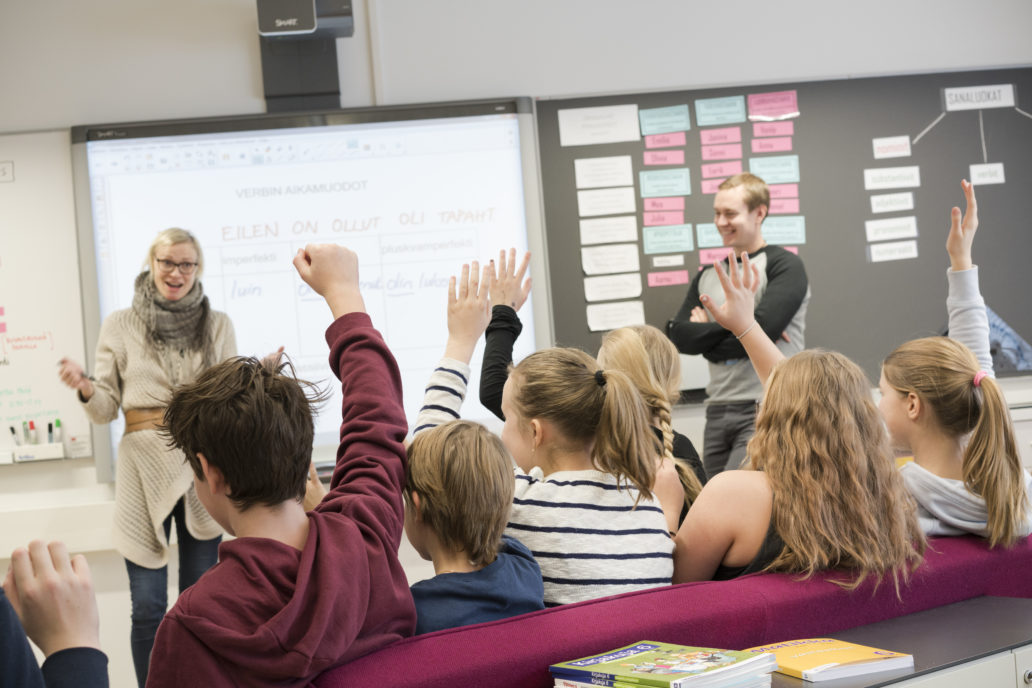
Student-centred approach
Of course, there would not be successful education without successful teachers. Teachers are highly respected in Finland, after all, they are all university-educated, and most of them hold a master’s degree. They also work independently and have significant autonomy to chose teaching methods, study materials and many other matters.
Finnish pupils spend less time in classrooms than most of their counterparts around the world. In basic education, the average class size is 20 students, and a student-centred approach lies at the heart of learning. While new technologies are actively used in the classroom, they are seen as a means rather than an end. Recently, a new approach of phenomenon-based learning has also been introduced.
An important result of this egalitarian approach to education is that regional and socioeconomic differences in learning outcomes are very modest. The Finnish system is based on providing every child with a neighborhood school that is just as good as any other school in the country.
Thanks to this policy and an emphasis on support to children with learning difficulties, Finnish education results are impressively equal. One of the factors behind Finland’s PISA results is the fact that low-achieving students perform better than in most other countries.
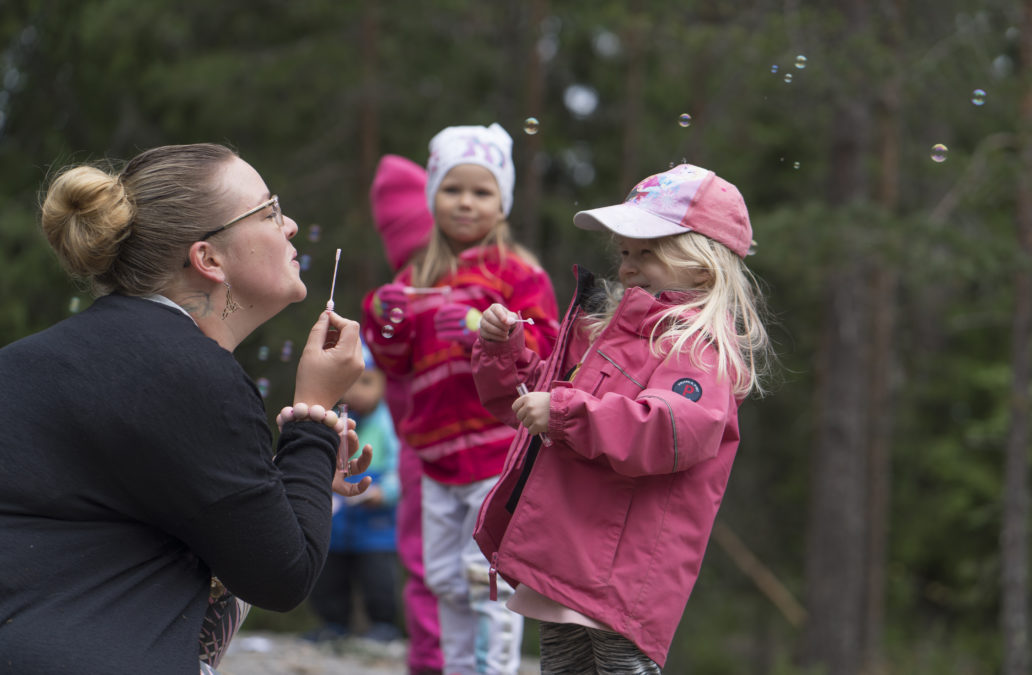
Finnish schools
But as seriously as Finns take education, they are also serious about the joy of learning. Play and creativity are an especially important part of early childhood education, while music, arts and physical education continue to be a vital part of the curriculum in primary and secondary schools.
Schooldays are relatively short, and there is no standardised testing. Instead, Finnish schools focus on creating a motivating environment in the classroom, support for those who need it, and on a holistic perspective on children’s well-being. At upper secondary school the aim is to develop the pupils’ transversal competences. These contain skills in life management and responsible involvement, not only boosting lifelong learning but also helping pupils to grow into balanced, enlightened humans and citizens.
At the same time, the country is investing in its universities and other institutions of higher learning. Finland now aims to be an internationally attractive place to study, conduct research and invest. By 2030, Finland plans to invest 4% of its GDP in Research and Development.
All this makes Finland uniquely positioned to adapt to a world transformed by digitalisation, automation, Artificial Intelligence and other new technologies, where traditional tasks and occupations will change or even disappear, and others emerge in their place.
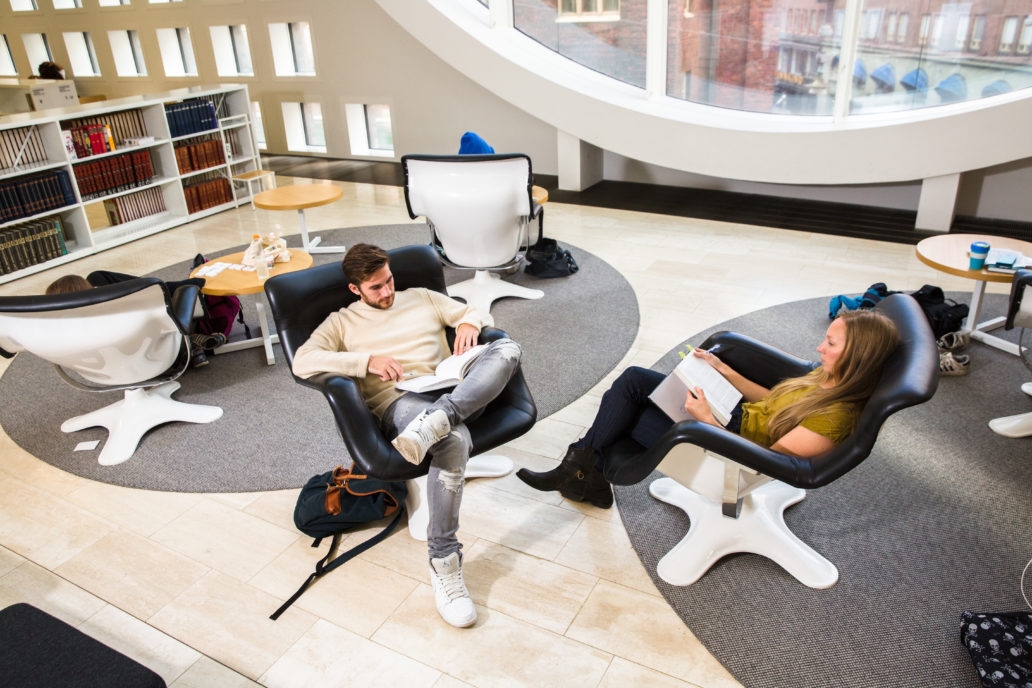
Skills for the future
Both old and entirely new skills will be required in the future. This puts a great demand on the anticipation of skills and training needs as well as on the cooperation of those involved in the development of the education system.
Finland’s strengths lie in excellent, relatively equal learning outcomes, a high education level, a healthy work-life balance and flexibility of the education system, making it possible to rapidly adapt new technologies. The Finnish system is also open to public-private partnerships as well as enterprise and research cooperation. Embedded in Finnish culture is an open-mindedness for science and technology and a broad commitment to knowledge-based growth and prosperity.
In Finnish thinking, learning environments should encourage innovation, make room for creativity and allow the various abilities of individuals to flourish. That means equality, creativity and competitiveness are all very much intertwined.
As the world changes, educational systems must evolve to keep up and continue to provide citizens with the skills needed in the future and to ensure future growth. Just like in the 1800s, the best way to achieve sustainable economic growth and well-being in the future is to mobilise everyone’s competence and talents. After all, continuous investment in education, research and lifelong learning is an investment in equal opportunities.
